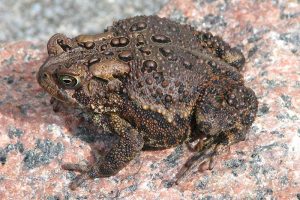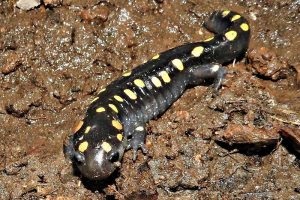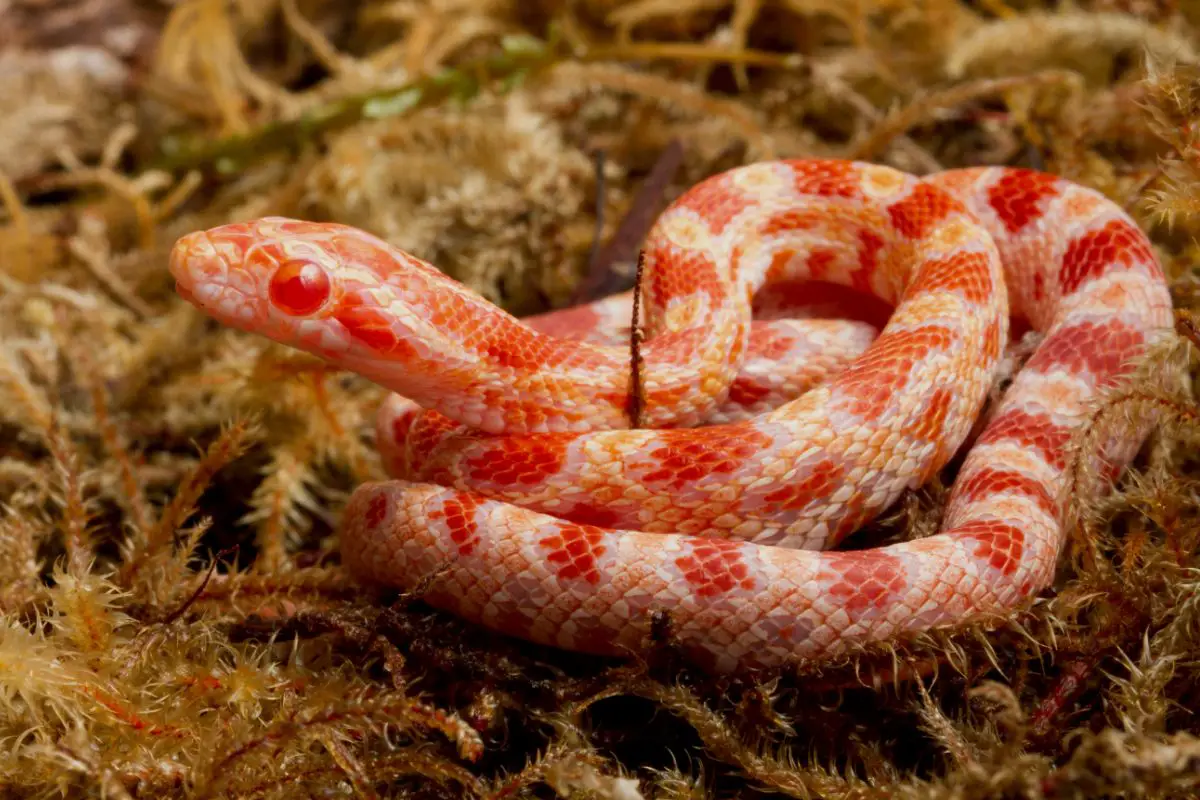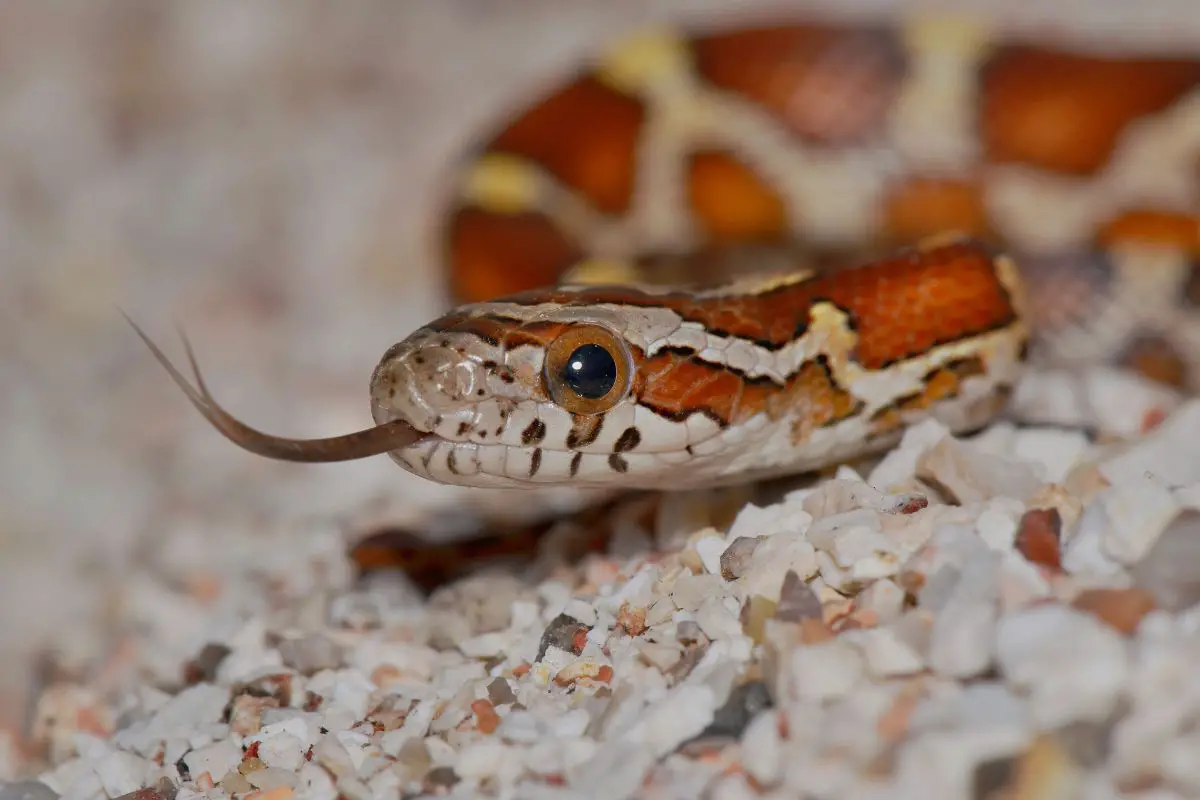When you think of animals that migrate, birds are usually the first to come to mind. However, multiple types of animals migrate. From fish and whales swimming in the sea to various amphibian species, plenty of creatures have to migrate throughout their lifetimes.
This isn’t to say that every kind of animal migrates though, and some have to travel much farther than others. When it comes to frogs, in particular, most people assume they must migrate because they are seen in certain areas during particular times of the year. However, it’s a more complex answer than that.
Do frogs migrate?
Most frogs do something referred to as vertical migration, or brumation. This is pretty much just digging down into the mud when the temperature gets too cold for them. Once they are dug in they go into a state similar to hibernation where their heart slows way down and they are able to survive the cold temperatures.
Certain species migrate as the seasons change to stay in warm habitats, but frogs do based on breed instinct. The closely related toad follows similar migration habits.
Frogs don’t migrate in the sense that birds do, for hundreds or even thousands of miles. That would be silly to think possible. Frogs do their psuedo-migration in the spring.
It would be a short distance from their home in the woodlands to a wetlands area. They need to reach their breeding habitats the same as other animals, but they don’t travel as far. So when we refer to a frog’s migration in this article, that’s what we mean.
When Frogs Migrate
Frogs make their major migration each spring. Thousands of these creatures, and other amphibians, will leave the areas where they spent their winters and return to their breeding grounds.
This journey can start anytime between January and April depending on the weather and climate. Frogs and toads usually won’t emerge to migrate until there has been an extended period of mild and damp weather.
While some animals migrate multiple times a year, frogs have their main migration in the spring. During the winter they will find places to burrow and pass the time.
Why Frogs Migrate
Animals migrate for various reasons, from breeding to escaping cold weather. Frogs and toads both migrate back to their birthplaces, which will act as breeding grounds in the spring.
The length that the creatures have to migrate will depend on how far they journey away from their home ponds during the year. Some of these amphibians might end up migrating anywhere from 50 meters to 5 kilometers.
How They Migrate
Researchers believe frogs rely on multiple types of cues to navigate. Not all species will use the same cues, but many are believed to rely on auditory, lunar, visual, celestial, magnetic, and olfactory cues.
There has been increasing research to show the moon likely plays a vital role in the way that both frogs and toads migrate. In addition, males and females of the same species may follow different cues.
Rest of The Year
Throughout the rest of the year, frogs can travel long distances from their home ponds. This will affect how long they must migrate when spring comes around.
They can be found in gardens, woodlands, and forests during the summer and fall. In the winter, they will find places to hibernate until spring comes. Frogs can be found hibernating under rocks, logs, or even flower pots.
Frogs and Toads

Frogs and toads have similar appearances and migration habits, but they also have distinct differences. Frogs are usually smaller and have smooth skin.
Their back legs are longer, and they hop everywhere instead of walking the way toads can. Toads are typically larger with bumpier skin and shorter legs.
They jump just like frogs, but can also walk short distances. Toads have become famous for the mass migrations they move in, which can usually be seen around Valentine’s Day. Toads are usually found in larger ponds than frogs are.
Migration Obstacles
When frogs migrate they can run into several obstacles, including tall grasses, habitat loss, and roadways. Tall fields of grasses can be difficult for smaller frogs to travel through, and they might run into any number of predators when doing so. In recent years many frog and toad species have also had to deal with habitat loss.
They may return to their normal breeding ponds to find much of the water is gone. However, roads are the biggest obstacle that both frogs and toads run into when migrating.
It’s easy for these small creatures to get run over by drivers who aren’t paying attention. During the night, it’s nearly impossible for drivers to notice these amphibians trying to cross the street.
Other Amphibians That Migrate

Toads and frogs are two of the amphibians that migrate each year, but they aren’t the only ones. Many amphibians born in ponds will return to those same ponds each spring to breed. Other amphibians that migrate include spotted salamanders, smooth newts, alpine newts, and great crested newts.
Other Animals that Migrate
There are thousands of animal species that migrate every year, though the most notable are birds and mammals. Multiple insect species, such as monarch butterflies, are also migratory. Common animals associated with migrating are humpback whales, geese, sea turtles, cranes, and hummingbirds.
Conclusion
Frogs might not be the first animal that comes to mind when you think of migration, but the journey they make each spring is vital to their breeding practices. These amphibians use a variety of cues to navigate back to the ponds where they were born.



